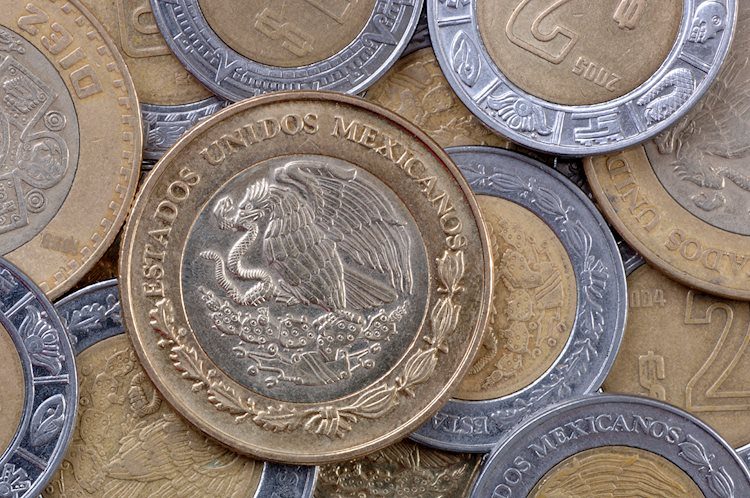The Mexican Peso is facing pressure as the USD/MXN pair climbs amid concerns over the judiciary reform in Mexico. The new Mexican Congress that took office on September 1 has reignited fears that the reform may be approved during the first week of September, leading to a decline in the Peso. The USD/MXN trades at 19.80 after rising from a daily low of 19.60, signaling a weakening of the Mexican currency.
In terms of economic indicators, Business Confidence in Mexico showed a slight improvement in August compared to July, while the S&P Global Manufacturing PMI hit a two-year low, indicating challenges in the manufacturing sector. Pollyanna De Lima, Economics Associate Director at S&P Global Market Intelligence, highlighted the difficulties faced by Mexican manufacturers due to weak sales, competition from China, and highway insecurity.
Meanwhile, Mexican Business Confidence has seen a marginal improvement due to increased investment propensity, according to the Instituto Nacional de Estadistica Geografia e Informatica (INEGI). However, concerns over the judiciary reform and economic challenges continue to impact the Mexican Peso.
In the US, Wall Street remained closed for the Labor Day holiday, with traders eagerly awaiting the release of employment data later in the week. Nonfarm Payrolls (NFP) for August are expected to exceed July’s data, while the Core Personal Consumption Expenditures Price Index (Fed) remained unchanged at around 2.5% YoY.
The outlook for the Mexican Peso remains uncertain, with market participants closely monitoring developments surrounding the judiciary reform and economic indicators. The USD/MXN pair continues to strengthen, with technical analysis suggesting further upside potential. Factors such as interest rate differentials between Mexico and the US, as well as decisions by the Bank of Mexico (Banxico), will continue to influence the movement of the Mexican Peso.
Banxico, Mexico’s central bank, plays a crucial role in guiding monetary policy and preserving the value of the Mexican Peso. The bank sets interest rates to control inflation and maintain stability within the economy. Banxico’s decisions are influenced by the US Federal Reserve, with the rate differential between Mexico and the US being a key factor in determining the strength of the Mexican Peso. Traders and investors closely monitor Banxico’s meetings and decisions, as they can impact the value of the Peso.











